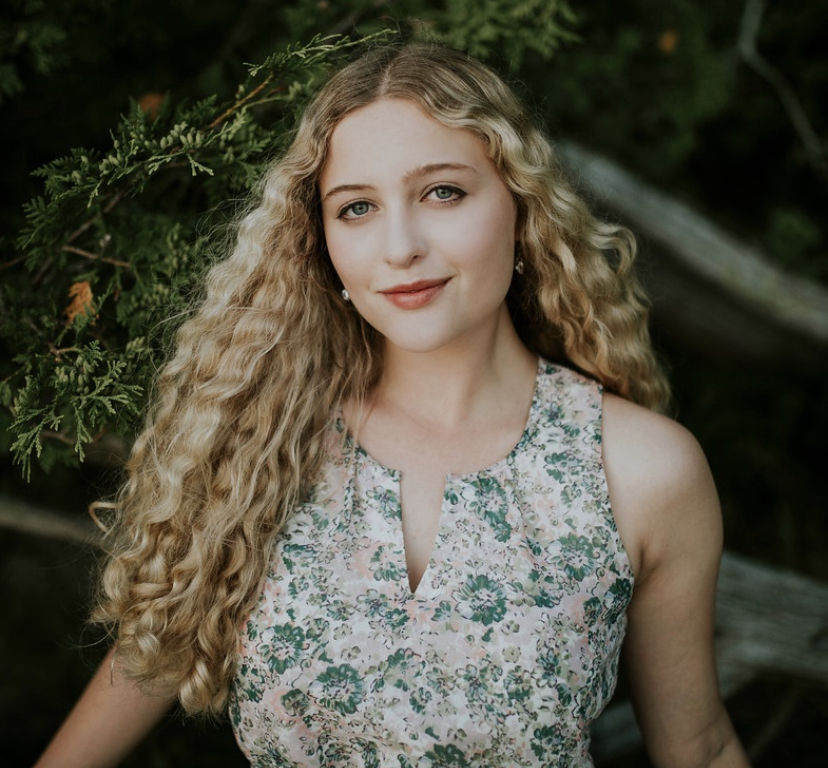Students learn collaboration skills, May 4 history through Common Reading Experience assignment
February 29, 2020
Camryn Calderwood always felt the summer reading assignments she has done were just busy work. Calderwood is a sophomore fashion merchandising major and recently came to Kent State, but the summer reading assignment she had to do when coming to Kent changed her perspective.
“I thought it was really very necessary that all incoming freshmen read these books and understand the history of Kent State before they are students here and before they are living it themselves,” Calderwood said.
Calderwood is one of the hundreds of students who participated in this year’s Common Reading Experience. The Common Reading Experience program is set up for first-year students to participate in a discussion about university-selected books over the summer prior to starting their fall semester, according to the university website.
This year, students were assigned “Thirteen Seconds” by Joe Eszterhas and Michael Roberts and “This We Know” by Carole Barbato, Laura Davis and Mark Seeman. The books are normally chosen by the Student Success Programs office and a committee of people from all across the university, but the process was different this year because the university wanted the books to relate to May 4, said Yvonna Washington-Greer, director of Student Success Programs.
Washington-Greer said the books were chosen with the help of President Todd Diacon, Mindy Farmer, director of the May 4 Visitors Center and the May 4 Task Force because they are “the experts on May 4.”
A second thing that set this year apart from years past was the incorporation of alternative project options. In the past students were required to write an essay related to a prompt. J.R. Campbell, the executive director of the Design Innovation Initiative, said as a professor he saw many students create “slightly under-inspired high school essays” and “realized there might be a way to do that that is more exciting for everybody.”
Campbell worked with Washington-Greer and Adobe partners to allow students to turn in an Adobe Spark page, a video or a podcast instead of the traditional essays.
Calderwood decided to create a video instead of writing an essay because she wanted to show her own perspective of learning and “remembering what happened.”
“I got a bunch of shots of me as a student looking on to different spots on campus that are memorials or were involved with the events that happened,” Calderwood said. “I wanted to show that as students we have to remember what happened, we have to be grateful that isn’t what is happening now.”
For students who decided to do one of the alternative projects, they were entered to win one of 10 scholarships that were each $1,000. Campbell said there were roughly 300 submissions, all of which were reviewed by faculty members of the Design Innovation Hub before being sent to the May 4 Visitors Center to choose the top projects.
Campbell said he is unsure if the innovation team will continue to offer the scholarships next year but was happy for the opportunities his team was able to create.
“We are very thankful to Yvonna and the Student Success team because they basically allowed us to invade their process. Which is kind of what D.I. [Design Innovation] is about,” Campbell said. “So in a lot of ways what we hope to be able to do with and for our students is to amplify some strengths of the university and to create some new opportunities that are a little bit risky and that maybe wouldn’t have been done otherwise.”
Rachel Karas is a general assignment reporter. Contact her at [email protected].












